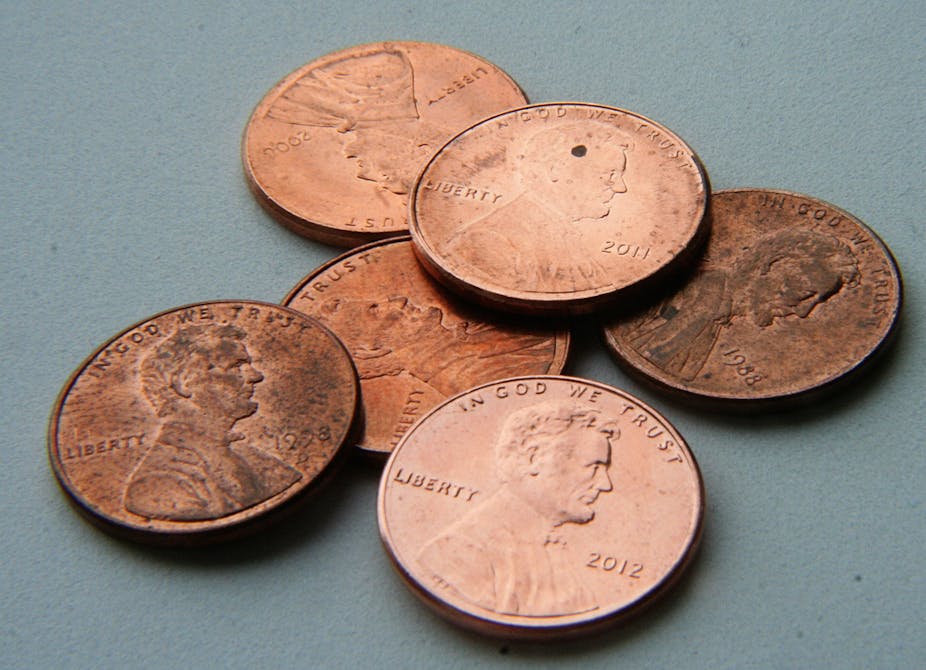We have come to see private health insurance as an essential part of the national health funding mix, but it’s actually quite a costly way to fund health care. A well-designed system with a single national insurer at the heart of it could result in significant public and private savings.
Just as education funding was becoming the dominant political issue last week, the Productivity Commission’s paper An Ageing Australia: Preparing for the Future drew national attention to the public and private costs of our ageing population. A little remarked-on aspect of the paper was its ideas on funding health care.
After years of turbulent debate, the last few years have seen the emergence of bipartisan consensus around health-care funding. It’s now accepted that subsidised private insurance has an established role alongside government programs.
Most political debate on health funding is now about details such as inequities and inefficiencies in private health insurance subsidies and co-payments for pharmaceuticals, rather than the ideas underpinning health funding.
Only a few commentators have questioned the role of private insurance, and even fewer have raised the possibility of direct payments for health care.
Do we need private health insurance?
Although many academics and independent researchers have argued that private health insurance is an expensive, inefficient, and inequitable way to share health-care costs, the private health insurance industry has never been subject to thorough study.
The Howard Government referred it to the Industry Commission (a precursor of the Productivity Commission) in 1996, but that was only about how private health insurance should be subsidised, not whether it should be subsidised at all.
The final recommendation of that report was that there should be a broad public inquiry into our health system, including funding. That inquiry was never held.
Kevin Rudd’s 2009 National Health and Hospitals Reform Commission, without evidence or argument, specifically ruled out any change in the health-care funding mix.
Promising to restore private health insurance rebates in the run-up to the recent election, Tony Abbott said the rebates were “an article of faith for the Coalition”, and that “Private health insurance is in our DNA.”
Not exactly logical economic justifications. And anyway, bipartisan consensus isn’t an adequate basis for an annual A$5.4 billion industry subsidy.
Six reasons to ditch private health insurance
Indeed, there are some very compelling reasons why we shouldn’t bother to retain this expensive and cumbersome industry.
First, private health insurance is administratively expensive; only 85 cents in every dollar passing through private health insurance funds health care, compared with 95 cents of every dollar passing through the Australian Tax Office and Medicare.
Second, the industry can’t control costs or usage; the notion “HCF/NIB/Medibank Private will pay for it” is the same as “Medicare will pay for it”. Insurance of any kind, public or private, in making a service free at the time of delivery, removes normal market incentives for users and providers to contain costs.
Only a strong single national insurer would be able to keep prices and usage under check. That’s why the Nordic countries, Canada and Britain, which have single national insurers, have kept health-care costs at about 10% of GDP. Meanwhile, countries relying on private health insurance pay far more; most notable among these is the United States, where health-care costs are approaching a fifth of GDP.
Third, private health insurance distributes health-care costs inequitably. Taxation is a much better distributive mechanism than private insurance.
Fourth, it’s an inefficient way to fund private hospitals, and doesn’t take pressure off public hospitals. In fact, because more lucrative work in private hospitals attracts specialists away from the public sector, encouraging people to use private hospitals through subsidies to private insurance may worsen the burden on public hospitals
Fifth, despite advertising claims, private health insurance doesn’t offer meaningful choice; consumer “choice” is between look-alike highly-regulated insurers with little product differentiation.
Sixth, in its present form in Australia, private health insurance doesn’t always offer proper “insurance”.
In well-functioning insurance markets, people buy cover for risks they cannot cover from their own resources. But for health insurance, the insurer’s liability is generally capped, leaving the patient with open-ended risk.
A viable funding model
An alternative to our public/private insurance mix is a single national insurer to cover those health-care expenses we cannot pay for from our own resources.
Some advocate a “free” system, but even Nordic countries require those who can do so to make uninsurable upfront payments before the public safety net takes effect.
A funding system that relies more on people’s direct payments, rather than on public or private insurance applies some market discipline to people’s decisions. And it makes them more aware of the costs of therapies.
We already have out-of-pocket payments for health care, but their incidence is haphazard. A system of compulsory contributions, designed around principles of equity, ability to pay and economic efficiency, could replace our present mess of co-payments.
And we could make provisions for people with limited income and limited liquidity, particularly older Australians. The Productivity Commission report, for example, suggests tapping into people’s housing equity.
Most of the time, most Australians would make no call on public funds for their health care. And, most importantly, it would obviate any need for private insurance.
For a government ostensibly committed to self-reliance and the operation of markets, a policy combining self-reliance, the discipline of prices, and a safety net, should surely be attractive.
In the 1987 election, the Coalition proposed requiring Australians to pay A$250 from their own pockets before receiving Medicare payments (equivalent to around A$800 now if indexed by incomes). Because, over the last ten years, Australians have built up their savings, such a policy should be more attractive than it was in 1987.
But is the Coalition government willing to consider market-friendly ways of funding health care, rather than continuing to pay huge subsidies to the private health insurance industry?

